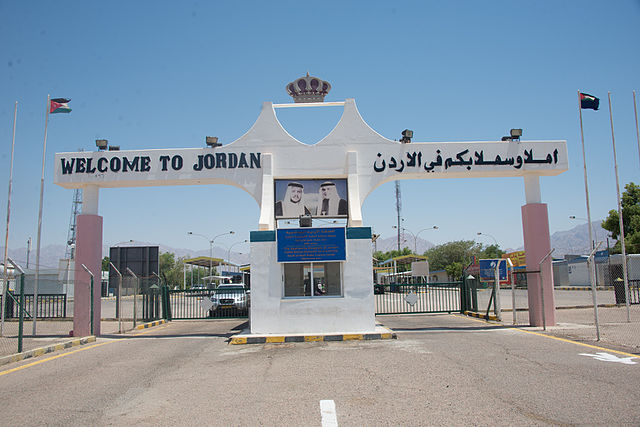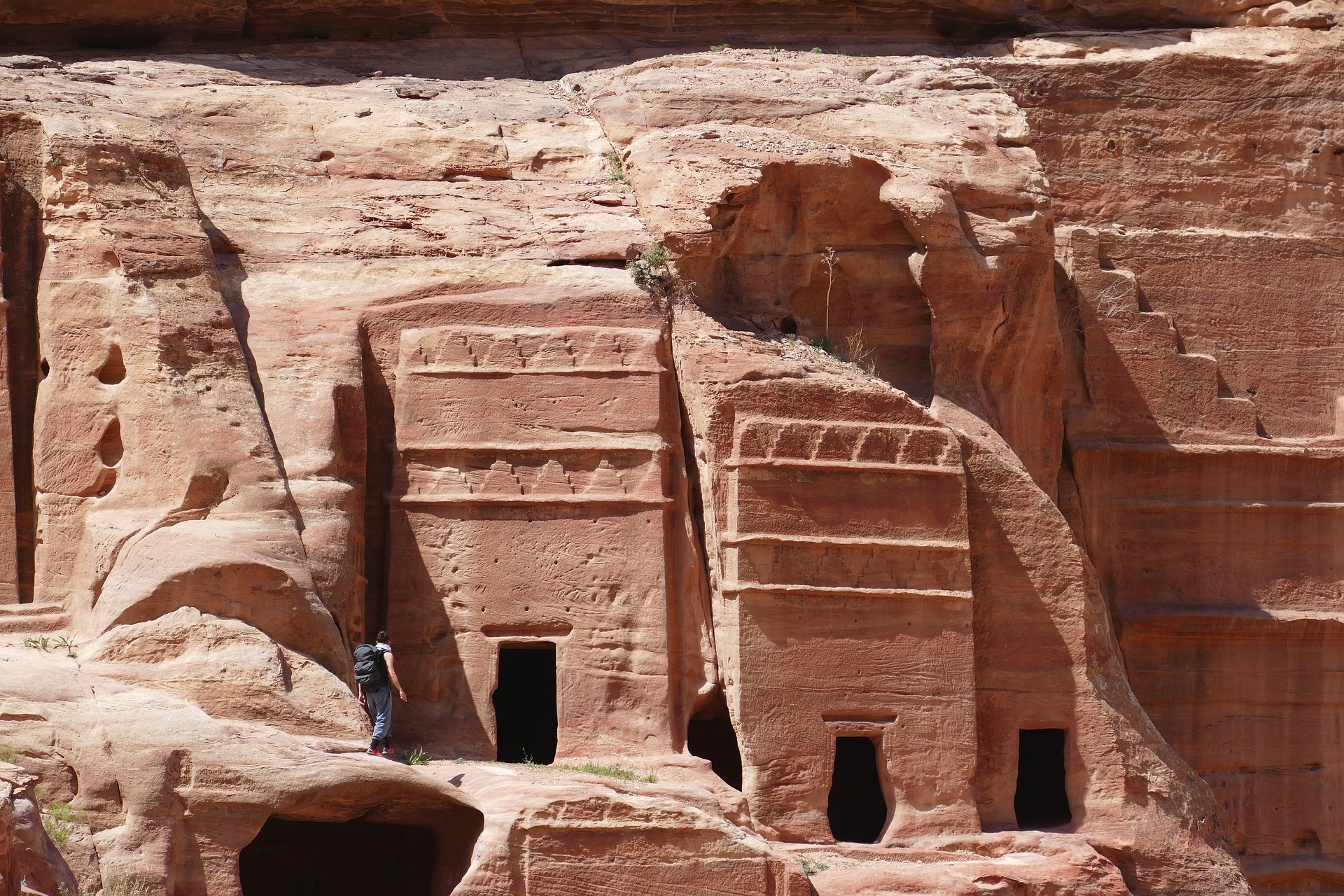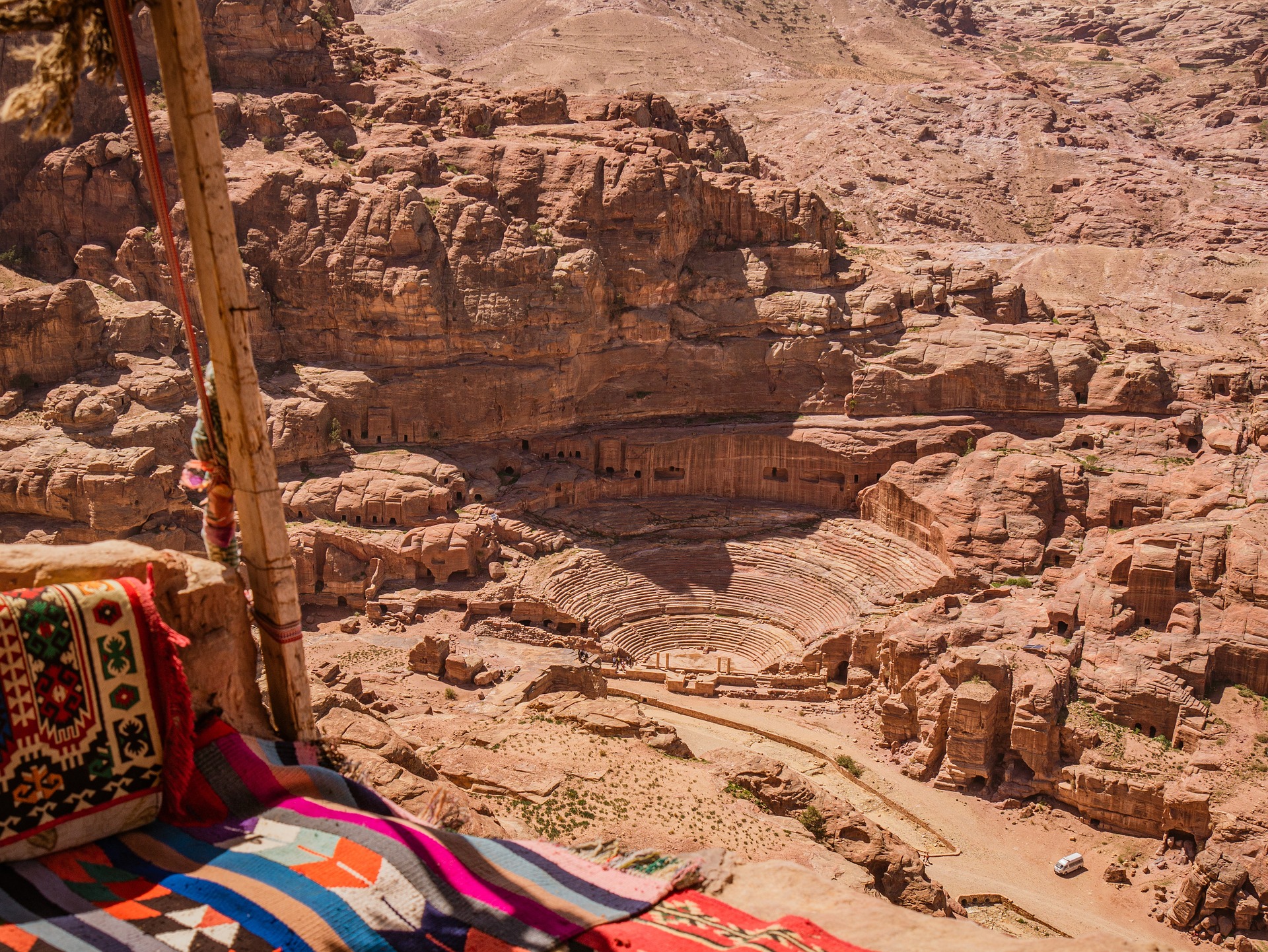How to travel to Petra from Israel (2023 UPDATE)
Petra is a perfect spot for everyone who wants to make the most of their vacation in Israel. The majestic, ancient city sits right across the border, and getting there is easier than you think
Everybody knows there are plenty of attractions in Israel to keep any tourist excited: Sunbathing on white sand beaches, exploring the Old City of Jerusalem, touring the scenic Sea of Galilee and Golan Heights or even hiking down the Ramon Crater in the Negev desert. And that’s just for the opening act!
But if you're looking for something out of the ordinary, just take a hop, skip and jump across the country’s southern border, and visit Petra in Jordan. A UNESCO World Heritage site, it was voted one of the seven New Wonders of the World in 2007 and its beauty and history are, without a doubt, awe-inspiring.

And because it is such a small country, travelling from Tel Aviv to Petra or from Jerusalem to Petra can be much more simple than most people think.
Just use one of the following methods, and make the most of your Vacation in Israel.
1. The long road: Taking Public Transport
How far is Petra from Israel? Once you've crossed the southern border in Eilat, it's about 2 hours drive.Israel has a cheap and efficient public transport system so if you’re on a budget or want to travel independently, it can be done. Buses to Eilat (on the Red Sea) run several times a day and go from both Jerusalem and Tel Aviv; they take approximately 5 hours and cost around 80 NIS one way.

From the Eilat bus station, you can either take a taxi (around 35 NIS) or a public bus (4 NIS) to the Yitzhak Rabin border crossing.
It’s a quick 15-minute journey and for most travellers, a visa is necessary, although usually visas can be obtained on the border.

Once you’ve crossed over, you can take a taxi to Aqaba (a 10-minute journey) then once in the city find a public bus or minivan that will take you directly to Wadi Musa (about a two-hour ride).
2. The easy way: Joining an Organised Tour
There are a large number of Petra tours from Israel on offer and if you like things being handled for you, want to make the most of the time that you have and don’t want the inconvenience that can come from travelling independently, this is by far and away the most simple and efficient way of travelling.
Whether you take an overnight trip, decide to see more of Jordan on a classical tour (which might include a visit to Wadi Rum or Jerash) or don’t have much free time and want to squeeze Petra into one day, the right organised tour will fit your needs.
For example, we use only expert, qualified guides - all of whom are experienced and knowledgeable (tours are offered both in English and Spanish) and comfortable, air-conditioned vehicles so you won’t swelter in the hotter months.

Moreover, you won't have to worry about paperwork at the border because our Israeli representatives (based in Eilat) will take care of your visa application and be on hand, on the infrequent occasions that problems arise.
Accommodation is in comfortable hotels, on a bed and breakfast basis - there are three classes of the hotel (price structured) from which to choose.

And if you’re really on a tight schedule, our Petra tours from Israel include day tours to Petra from Eilat, where an awful lot can be squeezed in (though be prepared for an extremely early start!)
3. For road hogs: Renting a Car
If you want to travel independently but prefer to do it on your terms, then think about renting a car in Israel to make the journey down to Eilat; the desert views are lovely.Just be aware that you will not be allowed to drive from Eilat to Aqaba, so once you arrive at the Red Sea port, you will need to hand in your rental and travel by cab to the Yitzhak Rabin border. Once across the border, you can either take a taxi directly to Wadi Musa or journey to Aqaba and find transport there (see ‘Taking Public Transport’ above). 
4. Just sit back: Book a Private Transfer
If you want to travel to Petra alone or in a small group, this can also be arranged, using our private transfer service from Jerusalem or from Tel Aviv to Eilat.
Bein Harim can also organise a car, driver and private guide for your trip and, of course, all visa requirements will be taken care of for you.

 Login / Register
Login / Register
 Contact Us
Contact Us
 Certificate of Excellence
Certificate of Excellence Guaranteed Departure
Guaranteed Departure Low Prices Guaranteed
Low Prices Guaranteed 24/7 Support
24/7 Support




